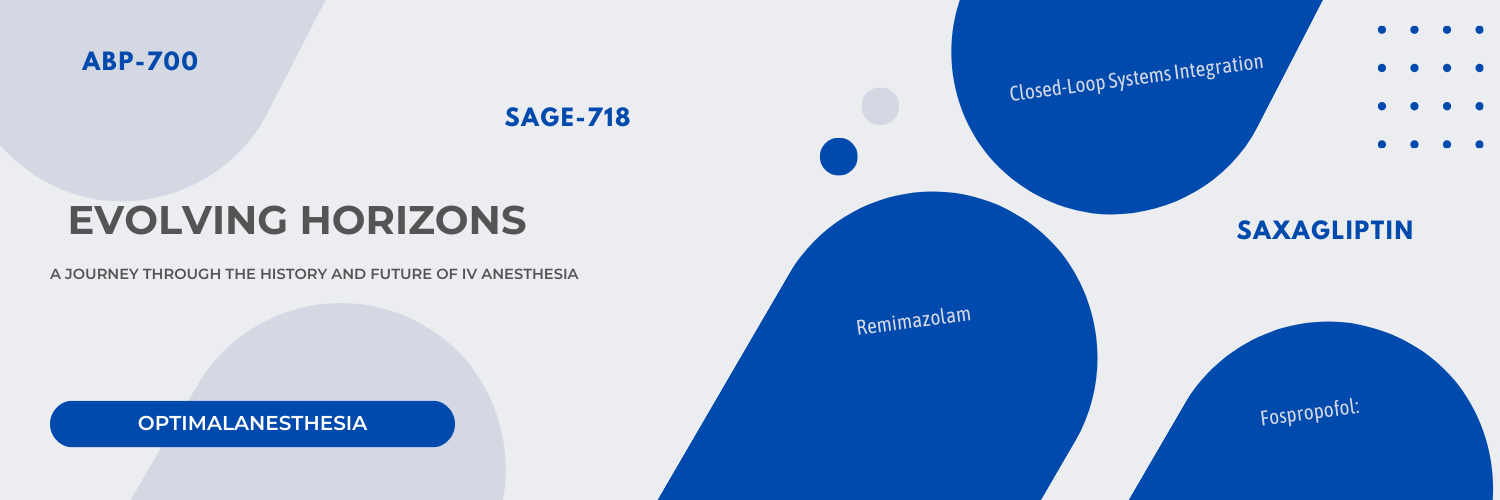Early Developments:
- In 1656, Wren began intravenous anesthesia using a goose quill and a bladder to inject wine and ale into a dog’s vein.
- The invention of the hollow needle in 1843 and the hypodermic syringe in 1853 allowed for the IV administration of drugs.
- By the 1900s, diverse drugs, including ether, were being administered IV for sedation.
Barbiturates and Thiopental:
- In 1920, Redonnet created the first IV barbiturate called Somnifen.
- In 1932, Weese and Scharpff synthesized the short-acting hexobarbital.
- In 1934, Lundy and Tovell introduced thiopental, which dominated induction of anesthesia for the next half century.
- In 1960, Price suggested a redistribution mechanism for thiopental, explaining rapid awakening.
Barbiturate Alternatives and Ketamine:
- In 1956, Methohexital, a shorter-acting barbiturate with CNS-stimulating properties, was introduced and used for electroconvulsive therapy (ECT).
- In 1964, Etomidate was synthesized, known for its cardiovascular properties but limited by corticosteroid side effects.
- In 1965, ketamine was introduced, maintaining blood pressure in hypovolemic patients but having psychomimetic side effects.
Benzodiazepines and Steroid Anesthetics:
- In the 1960s and 1970s, benzodiazepines were tested but did not displace thiopental.
- Steroid anesthetics gained some interest in the 1970s but were not widely adopted.
The Rise of Propofol:
- In 1973, Glen and colleagues at ICI synthesized propofol.
- It was introduced in 1983 in a phospholipid formulation and displaced thiopental due to its favorable recovery profile and low postoperative side effects.
- Propofol allowed for continuous infusions to maintain sedation or anesthesia without prolonging recovery.
- It became popular for various procedures and intensive care units.
Computer-Assisted Titration and TCI:
- In the 1980s, Schwilden and others introduced computer-assisted titration of IV anesthesia and the first “target controlled infusion” (TCI) system.
- TIVA techniques increasingly utilized pharmacokinetic-based computer-controlled devices, although less so in the US.
Current Developments and Future of IV Anesthesia:
Certainly, here’s a revised version of the content with the names of specific intravenous (IV) anesthetic medications included:
Current Developments:
- Emerging IV Anesthetics: Researchers are continually exploring and developing novel IV anesthetic medications. These drugs aim to improve the safety, efficacy, and side-effect profiles of anesthesia agents. Ongoing research involves modifying existing medications, such as Propofol, to reduce pain on injection and cardiovascular depression.
Certainly, here’s the table with row 7 removed:
| IV Anesthetic Drugs in the Pipeline | Description |
|---|---|
| 1. Remimazolam | An ultrashort-acting benzodiazepine for procedural sedation and anesthesia. Rapid onset and offset of action. |
| 2. Corticosteroid-Free Etomidate Analogs | Alternative to etomidate “ABP-700” for induction with cardiovascular benefits and no corticosteroid side effects. |
| 3. Novel Propofol Formulations | Includes “fospropofol,” a water-soluble prodrug, and lipid-free formulations to reduce side effects. |
| 4. GABA-A Receptor Modulators | Drugs like “SAGE-718” targeting specific GABA-A receptor subtypes for precise sedation and anesthesia control. |
| 5. Selective Alpha-2 Agonists | Includes “dexmedetomidine” and analogs for enhanced anesthesia and recovery with hemodynamic stability. |
| 6. Neuroprotective Agents | “Saxagliptin” and similar drugs aim to protect the nervous system during procedures with brain injury risks. |
- Advanced Closed-Loop Systems: Closed-loop systems, including target-controlled infusion (TCI) systems, are becoming more sophisticated. Medications like Remifentanil and Dexmedetomidine are administered through these systems, using pharmacokinetic and pharmacodynamic models to precisely control the depth of anesthesia based on individual patient factors.
- Personalized Anesthesia: Advances in pharmacogenomics and patient monitoring allow for more personalized anesthesia. Anesthesia providers can consider a patient’s genetic makeup and individual responses to drugs like Fentanyl, tailoring anesthesia plans to minimize side effects and complications.
- Non-Invasive Monitoring: Non-invasive monitoring devices, such as cerebral function monitors and depth of anesthesia monitors, are becoming more reliable and accessible. Medications like Sevoflurane can be administered alongside monitoring to help anesthesia providers assess a patient’s consciousness and depth of anesthesia more accurately, reducing the risk of awareness during surgery.
- Innovative Drug Delivery Systems: Novel drug delivery systems, including microinfusion pumps and controlled-release formulations of medications like Ketamine and Etomidate, are being developed to maintain a stable and consistent level of anesthesia throughout procedures. These systems can reduce the need for manual adjustments and improve patient comfort.
In summary, the future of IV anesthesia promises safer, more personalized, and technologically advanced care. It will be characterized by pain-free drug administration, improved cardiovascular stability, neuroprotection, and precision medicine. Automation and tele-anesthesia will also reshape the practice of anesthesia, ensuring that patients receive the best possible care while minimizing risks and complications. Anesthesia providers and researchers must stay at the forefront of these developments to provide optimal care to patients.


